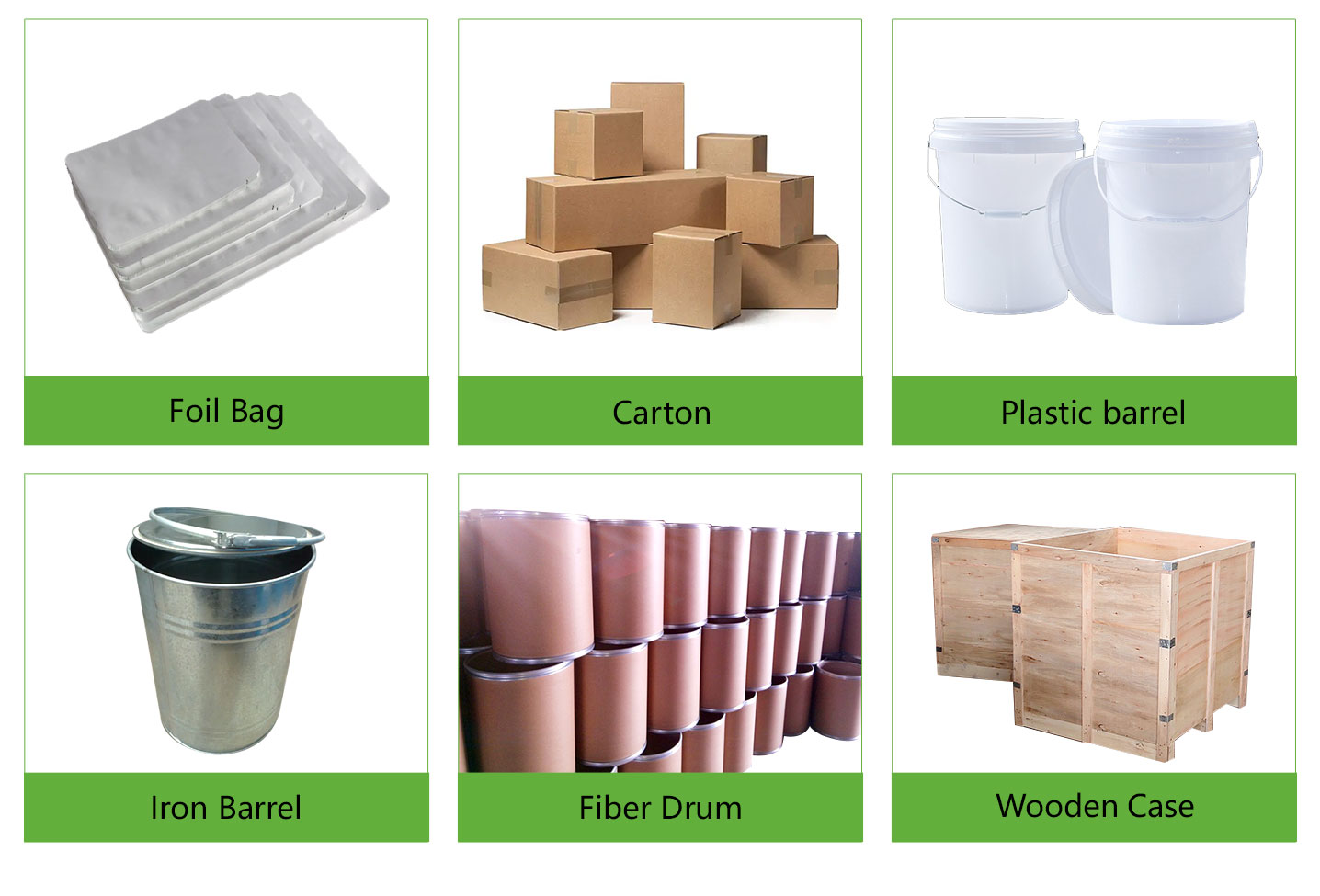What is 3D Printing Nickel-based Alloy IN738 Powder?
Nickel-based Alloy IN738 is oxidation, low expansion, nickel-cobalt-ferrite, aluminum, chromium and niobium addition. The alloy has considerable interest in the aircraft gas turbine designers and material engineers for accommodating and gap control components, such as rings, housings, shields, and seals for compressors, turbines, and exhaust systems.
In-738 alloy is a vacuum smelting, vacuum casting, precipitated nickel-based alloy, has excellent high temperature and high-temperature corrosion resistance, better than many low chromium content high-strength high-temperature alloys. Its design provides an alloy for the gas turbine industry that has good creep strength up to 1800 * f and can withstand long exposure to engine-related high-temperature court environments. Alloy IN738 has superior and high temperature lasting Performance is comparable to the widely used alloys 713c, as well as substantially better vulcanization resistance.
The IN738 alloy is usually a vacuum fuse casting process of vacuum homogenization and other high strength, high-temperature nickel-based alloy processes. Typical gtingdom creates 200-400 * F metal overheating exceeded the liquid phase line temperature 1500, 1800 preheating temperature. The situation will vary depending on the size of the part and the shape of the door.
Feel free to send an inquiry to get the latest price if you would like to buy 3D Printing Nickel-based Alloy IN738 Powder in bulk.
3D printing Nickel-based superalloy IN738 powder
Composition(percentage by mass)
|
Ni |
Cr |
Co |
Ti |
Al |
Mo |
Ta |
|
Bal |
14.0-16.0 |
8.0-9.0 |
2.50-4.00 |
2.50-1-4.00 |
1.00-2.00 |
1.00-2.00 |
|
Ta |
Nb |
C |
Fe |
Zr |
B |
O |
|
1.00-2.00 |
0.50-1.50 |
<=0.15 |
<=0.10 |
<=0.10 |
<=0.15 |
<=0.01 |
|
category |
Alloy grades and characteristics |
|
Alloy number: |
Nickel-based superalloy IN738 powder |
|
Particle size: |
15-45μm, 15-53μm, 53-120μm, 53-150μm |
|
Morphology: |
Spherical or nearly spherical |
|
Appearance: |
Grey |
|
Package: |
Aluminum bag, Vacuum packing |
|
Application: |
3D printing metal powder |
|
Other applications: |
powder metallurgy(PM), injection molding(MIM), spray painting(SP) etc. |
Storage Condition of Nickel-based Alloy IN738 Powder:
The damp reunion will affect In738 powder dispersion performance and using effects, therefore, nickel-based alloy IN738 powder should be sealed in vacuum packing and stored in cool and dry room, the nickel-based alloy IN738 powder can not be exposure to air. In addition, the IN738 powder should be avoided under stress.
Packing & Shipping of Nickel-based Alloy IN738 Powder:
We have many different kinds of packing which depend on the nickel-based alloy IN738 powder quantity.
Nickel-based alloy IN738 powder packing: vacuum packing, 100g, 500g or 1kg/bag, 25kg/barrel, or as your request.
Nickel-based alloy IN738 powder shipping: could be shipped out by sea, by air, by express, as soon as possible once payment receipt.

Luoyang Tongrun Nano Technology Co. Ltd. (TRUNNANO) is a trusted global chemical material supplier & manufacturer with over 12-year-experience in providing super high-quality chemicals and Nanomaterials, including boride powder, nitride powder, graphite powder, sulfide powder, 3D printing powder, etc.
If you are looking for high-quality IN738 Powder, please feel free to contact us and send an inquiry. ([email protected])
In738 Powder Properties |
|
| Other Names | Alloy IN-738, IN738, IN-738C, 738C, 738CL |
| CAS No. | N/A |
| Compound Formula | Ni Cr Al Fe Mo |
| Molecular Weight | N/A |
| Appearance | Gray to Black Powder |
| Melting Point | 1230-1315℃ |
| Boiling Point | N/A |
| Density | 8.11 g/cm3 |
| Solubility in H2O | N/A |
| Specific Heat | 0.10 Btu/lb/° F (70 ° F) |
| Poisson's Ratio | N/A |
| Tensile Strength | 159000 psi (70 °F) |
| Thermal Conductivity | 82 Btu/ft2/in/hr/°F (400 °F) |
| Thermal Expansion | 6.45 x 10-6 (70-200 °F) |
| Vickers Hardness | N/A |
| Young's Modulus | N/A |
In738 Powder Health & Safety Information |
|
| Signal Word | Danger |
| Hazard Statements | H317-H351-H372 |
| Hazard Codes | Xn |
| Risk Codes | N/A |
| Safety Statements | N/A |
| Transport Information | NONH for all modes of transport |